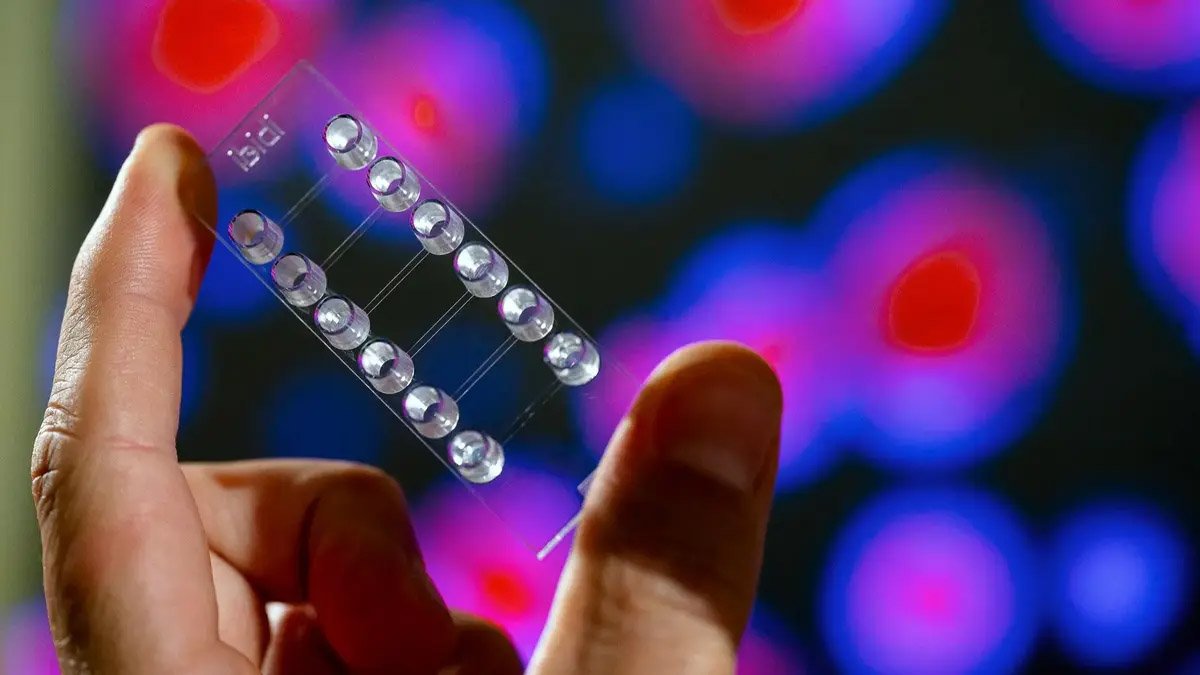Researchers at the Technical University of Munich (TUM) recently announced what could be the first step. creation of artificial molecular machines: A supramolecular-scale (but microscopic) engine that uses chemical fuel to provide rotational motion.
The device, the first of its kind outside biology and described in a study recently published in the journal Chem, works like a wind-up motor made from a tiny ribbon of special molecules. When power is added, the ribbon bends and acts like a small fin. Allowing the engine to push objects.
In the new engine, inspired by archaea and primitive bacteria that propel their flagella with the help of the cellular fuel adenosine triphosphate (ATP), “a nanometer-sized chemical fuel powers the directional rotation, contraction, and movement of micrometer-sized supramolecular nanoribbons.”
How does the supramolecular motor work?
A synthetic copy of this Archean structure has not been created before. The prototype developed by the research team led by Professor Job Boekhoven consists of peptide strips developed and activated by the team. when a chemical fuel (not ATP) is added.
These peptides are chains of amino acids, molecules that combine to form proteins inside biological cells. When a chemical fuel is formed, these polypeptides coil into tiny, swirling tubes. Such structures are nanometric but can be observed using a microscope.
The resulting engine works like any device that converts potential energy into mechanical energy. Its speed can be controlled by adjusting the amount of fuel added and the direction of the rotational motion, clockwise or counterclockwise, can be determined by the structure of the molecular blocks of the strips.
What applications could a supramolecular motor have?
To understand how a supramolecular motor could be used in practice, the authors worked with TUM molecular biophysics professor Matthias Rief, who works on state-of-the-art optical measurement methods. Together they discovered: The tapes have enough power to move micrometric objects..
Based on this finding, the authors suggested that if they combined several of these strips, they could form “microwalkers,” microscopic devices that can crawl on surfaces. When viable, these microwalkers could transport drugs throughout the body to a specific organ. or hunt for tumor cells by swimming through blood vessels.
However, there is still a long way to go before this type of engine can be implemented definitively. This is because the fuel the researchers used is toxic and therefore not yet suitable for use in an organism. This challenge must now be resolved before the technology can be used effectively in medical applications.
Keep up to date with the latest developments in technology and science on TecMundo. Until later!
Source: Tec Mundo
I’m Blaine Morgan, an experienced journalist and writer with over 8 years of experience in the tech industry. My expertise lies in writing about technology news and trends, covering everything from cutting-edge gadgets to emerging software developments. I’ve written for several leading publications including Gadget Onus where I am an author.












